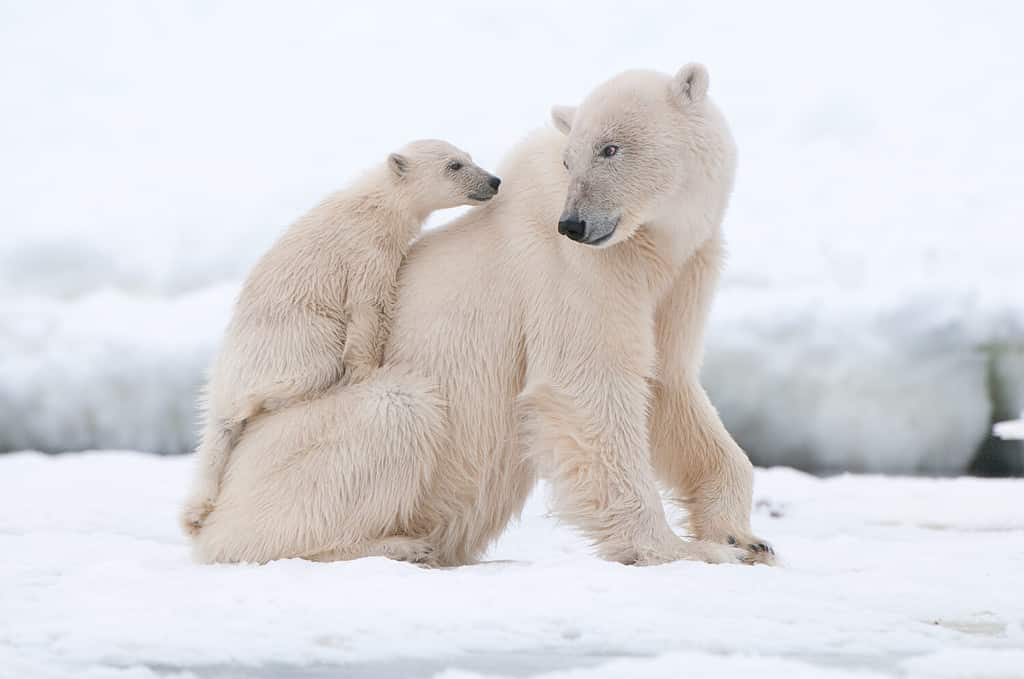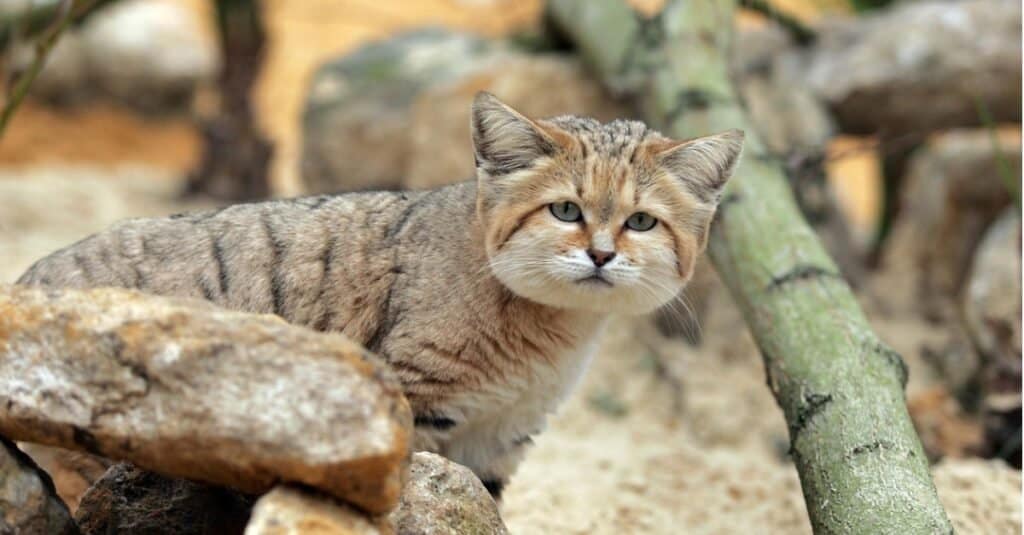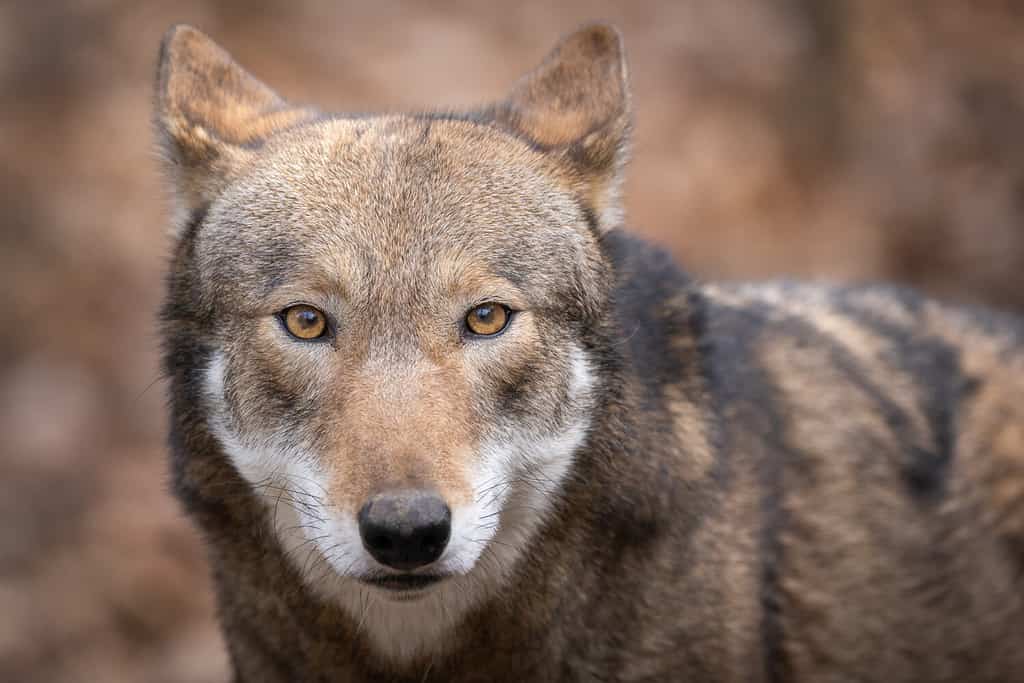Have you ever wondered what the largest natural habitat zoo in the world is? While other zoos may hold the title for largest zoo overall, to find the holder of this title, you’ll need to look no further than the North Carolina Zoo.
Located in Asheboro, the North Carolina Zoo sports 500 acres of developed land. The zoo houses 1,700, representing over 250 different species from North America and Africa. This zoo is open every day except for Thanksgiving and Christmas. It is located 75 miles west of Raleigh and 75 miles northeast of Charlotte. On average, the park receives more than 900,000 visitors each year.
Continue reading below to learn more about North Carolina Zoo’s history, future, animals, and conservation efforts.
North Carolina Zoo History and Future
Discussions of a state zoo for North Carolina first began in 1967. During this time, the state legislature created the NC Zoological Garden Study Commission to determine how feasible a state zoo would be. Not only did the commission find that a North Carolina state zoo would be possible, but it was also desirable. Thus, preparations for what would become the largest natural habitat zoo in the world began.

The North Carolina Zoo is the largest natural habitat zoo in the world.
©Diane Villa, CC BY-SA 4.0 <https://creativecommons.org/licenses/by-sa/4.0>, via Wikimedia Commons – License
The Formation
In the following year, the North Carolina Zoological Society was formed. This private non-profit organization maintained the goal of raising support (both financially and otherwise) for the upcoming zoo. The North Carolina Zoological Society still exists today, offering the option to purchase memberships. These memberships include free or discounted entry not only into North Carolina zoological parks but also those located around the continent.
It took two years to find the perfect site for the North Carolina Zoo. The search led by State Representative Archie McMillan resulted in its current site being chosen out of six options. Construction for the zoo began in 1974. At the time, the official opening date for the zoo was August 13, 1976. However, in 1973, the first two animals arrived: a pair of Galapagos tortoises.
As of now, the North Carolina Zoo is divided into major sections: North America and Africa. Construction on the African section of the park began in the spring of 1976, just months before the park’s grand opening. This area of the park wasn’t finished until years later, however, in 1980. In between this time, Ham the chimpanzee, the first hominid in outer space, moved into the zoo in 1978 after leaving the National Zoo located in Washington, D.C. Ham called the North Carolina Zoo up until his death in 1983.
Although the zoo opened in 1976, with Africa in 1980, the park’s changes weren’t over. Habitats were added to the park, with 1993 marking the first few North American habitats to be complete. The final form of the North American section wasn’t opened until 1996, nearly two decades after Africa.
The Future
Even today, the North Carolina Zoo continues to expand. On August 19, 2022, construction on the newest exhibit, the Asia Continent, began. This new section is set to open in 2026, half a century after the zoo’s grand opening. The Asia exhibit will display some of the most iconic species from this region of the world, ranging from tigers to Komodo dragons!
North Carolina Zoo Exhibits and Animals
As mentioned above, the North Zoo features two main exhibits. However, within these regions, you’ll also find other habitats, such as the Sonoran Desert and the now-closed Aviary. Continue reading below to learn about the different habitats in each region and the species you might see in each!
North America
The North American section of the park features four main habitats: the Cypress Swamp, Rocky Coast, Streamside, and Prairie.
The Cypress Swamp is home to species found most commonly in the southeastern United States. This includes iconic species like the American alligator and the mountain lion. However, you can also find a variety of other reptiles and amphibians here, such as alligator snapping turtles and barking tree frogs.
The Rocky Coast is dedicated to the Pacific Northwest. Some of the species included in this exhibit are the following:
- Polar bears
- North American porcupines
- Harbor seals
- Arctic foxes
- Horned puffins.
The Streamside exhibit highlights some of the most common species living within the streams of North America. This is where the majority of snake species at the zoo can be found, including timber rattlesnakes, cottonmouths, and eastern copperheads. However, you can also find mammals and birds here, like barred owls, an outdoor bobcat exhibit, and North American river otters.
Lastly, the Prairie highlights the species found living in the Great Plains. Large herd animals like wapiti and bison roam about in a large, open enclosure together. In other enclosures, the endangered red wolf, American black bears, and grizzly bears can be seen.

The Rocky Coast enclosures at the North Carolina Zoo include species like polar bears and arctic foxes!
©Gecko1968/Shutterstock.com
Africa
One of the main enclosures in the African side of the zoo is the Watani Grasslands habitat. In the same way that the large herd animals roam in one of the Prairie enclosures, the Watani Grasslands habitat is home to a herd of elephants, including a mother-daughter pair.
Nearby, the Forest Edge habitat hosts plains zebras and reticulated giraffes. Behind the elephant enclosure, there is another large, spacious habitat that acts as the home of southern white rhinoceroses, two different species of gazelles, waterbucks, fringe-eared oryxes, and greater kudu. The zoo offers a safari ride trip that safely guides guests inside this exhibit, much like being on the open plains!
The African side of the park sports other species as well, though. In fact, the North Carolina Zoo is home to one of the largest chimpanzee troops in any American zoo. These can be found in the Kitera Forest habitat. Western lowland gorillas live in the Forest Glade exhibit, and the baboons are in a temporary location while their new enclosure is being built.
In their own separate enclosures, you’ll also be able to see lions and red river hogs. Red-ruffed lemurs have been added to their own island exhibit in recent years.

Elephants have their own large enclosure at the zoo.
©Asheboro Creative from Asheboro, USA, CC BY 2.0, via Wikimedia Commons – License
Aviary
Unfortunately, due to structural concerns, the North Carolina Zoo’s aviary closed on April 21, 2022. Worries about avian influenza had left the enclosure closed for several months prior. However, while open, the aviary provided a tropical escape within the heart of the zoo. It homed more than three thousand different species of tropical plants and several species of free-flying birds, all held in a safe building that visitors could walk through.
Some of the species that used to live here included the sunbitten, Nicobar pigeons, Asian fairy bluebird, and many more.

Prior to its closing, the NC Zoo’s aviary featured thousands of plants in a walk-through enclosure.
©Asheboro Creative from Asheboro, USA / CC BY 2.0 – License
Desert
The final major habitat of the North Carolina Zoo is the Desert biome, an enclosed, walk-in enclosure designed to resemble North America’s Sonora Desert. Similar to the Aviary, these some feature a wide variety of plants, free-roaming birds like the crested coua and worm-eating warbler, various reptiles, and sand cats. Outside the dome housing this exhibit are ocelots.

The Desert Exhibit includes sand cats, bettongs, and other rare flora and fauna!
©iStock.com/slowmotiongli
North Carolina Zoo Conservation
Since its beginning, the North Carolina Zoo has played a large role in the conservation of both native and non-native species. Since 1995, the zoo has served as a major participant in the American Red Wolf Species Survival Plan, as well as the reintroduction plan for this species.
This zoo has also played a role in the conservation of gorillas. Two male gorillas named Bomassa and Apollo were born in August 2012 at the zoo as part of a breeding program. There has also been a total of four southern white rhino calves born at the zoo, a pair in 2018 and another in 2020.
Prior to its closing, the aviary at the North Carolina Zoo also hosted a variety of special events. This includes historic hatchings such as the first United States hatchings of the following animals:
- Golden white-eye
- Red-faced liocichla
- African pied barbet
- Golden-headed manakin
- Horned puffin
- Parakeet auklet
- Thick-billed murre.
The second hatchings of the African grey-headed kingfisher and the African spoonbill also occurred at this zoo.

This zoo has had a large part in helping in the conservation efforts of red wolves.
©Matt Cuda/Shutterstock.com
The photo featured at the top of this post is © ZikG/Shutterstock.com
Thank you for reading! Have some feedback for us? Contact the AZ Animals editorial team.






